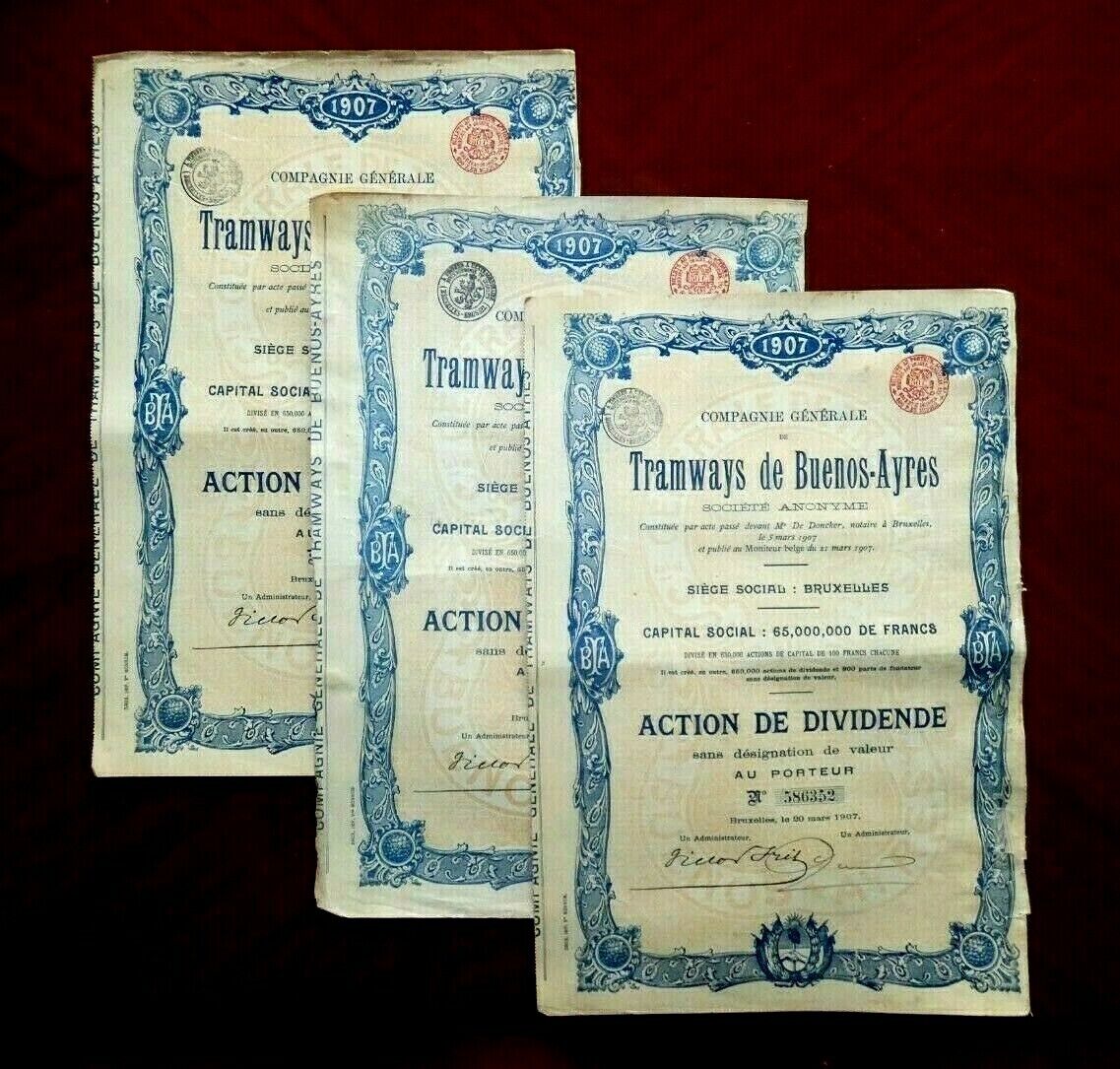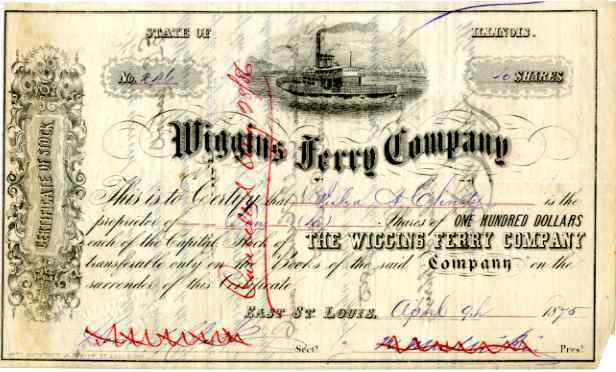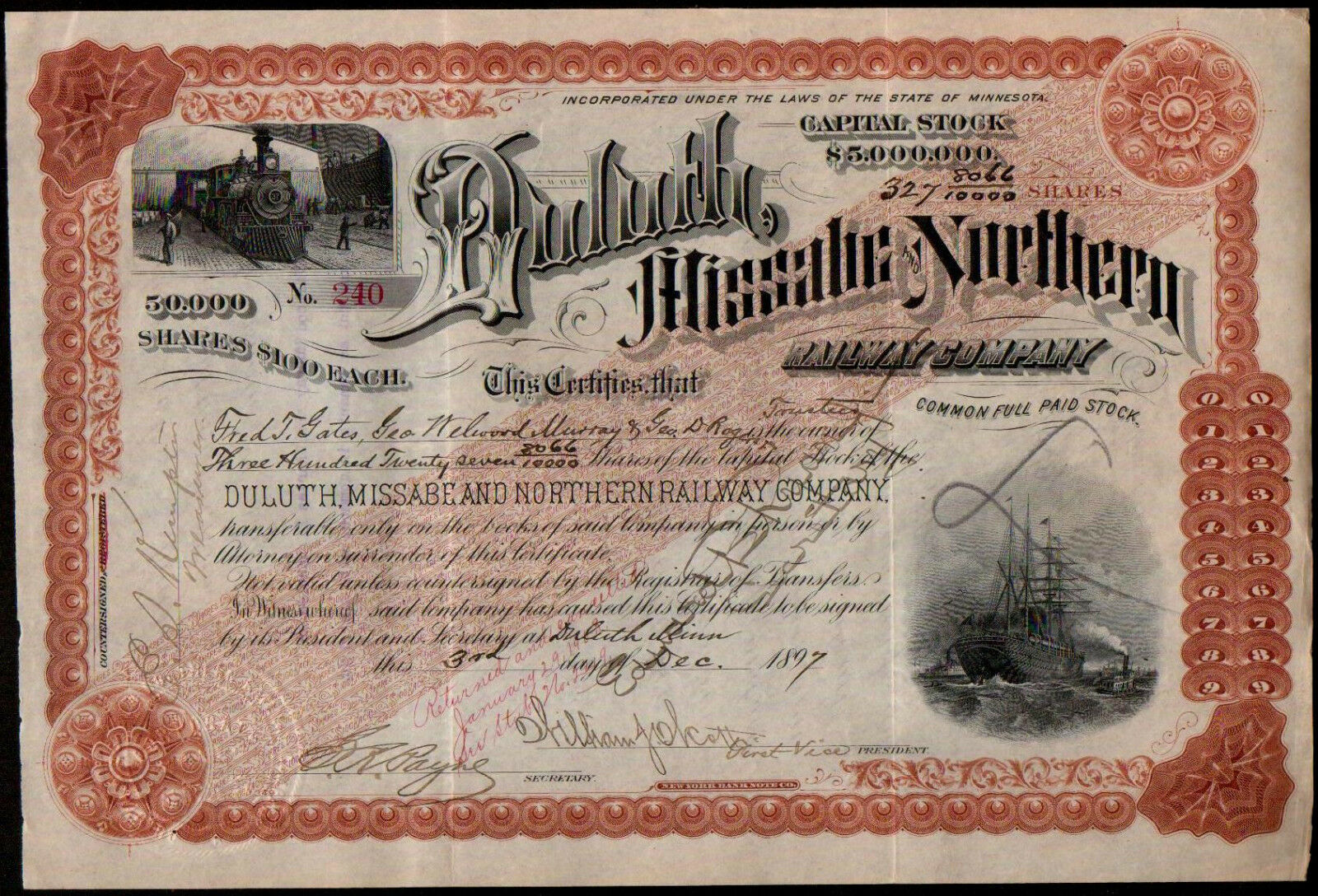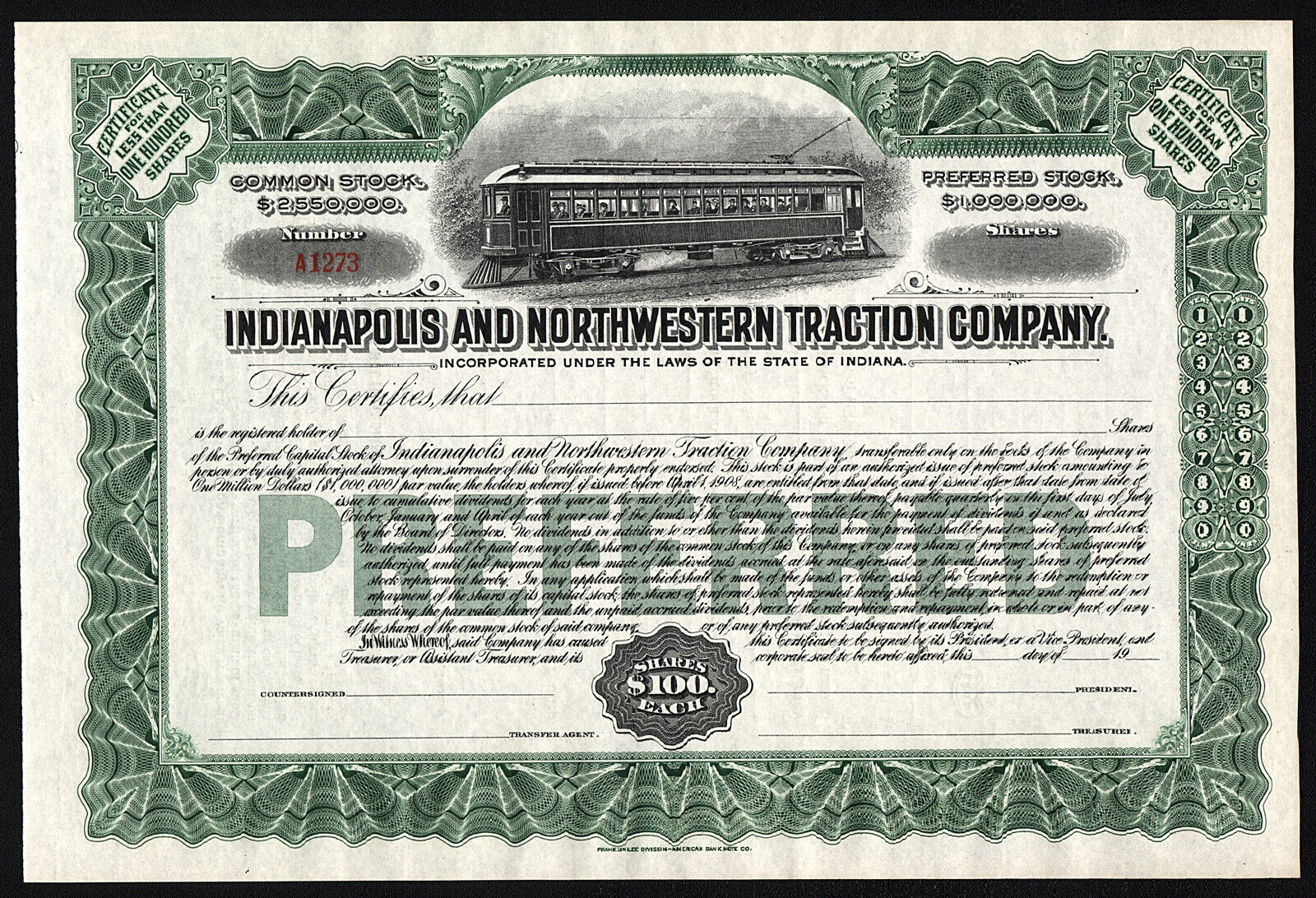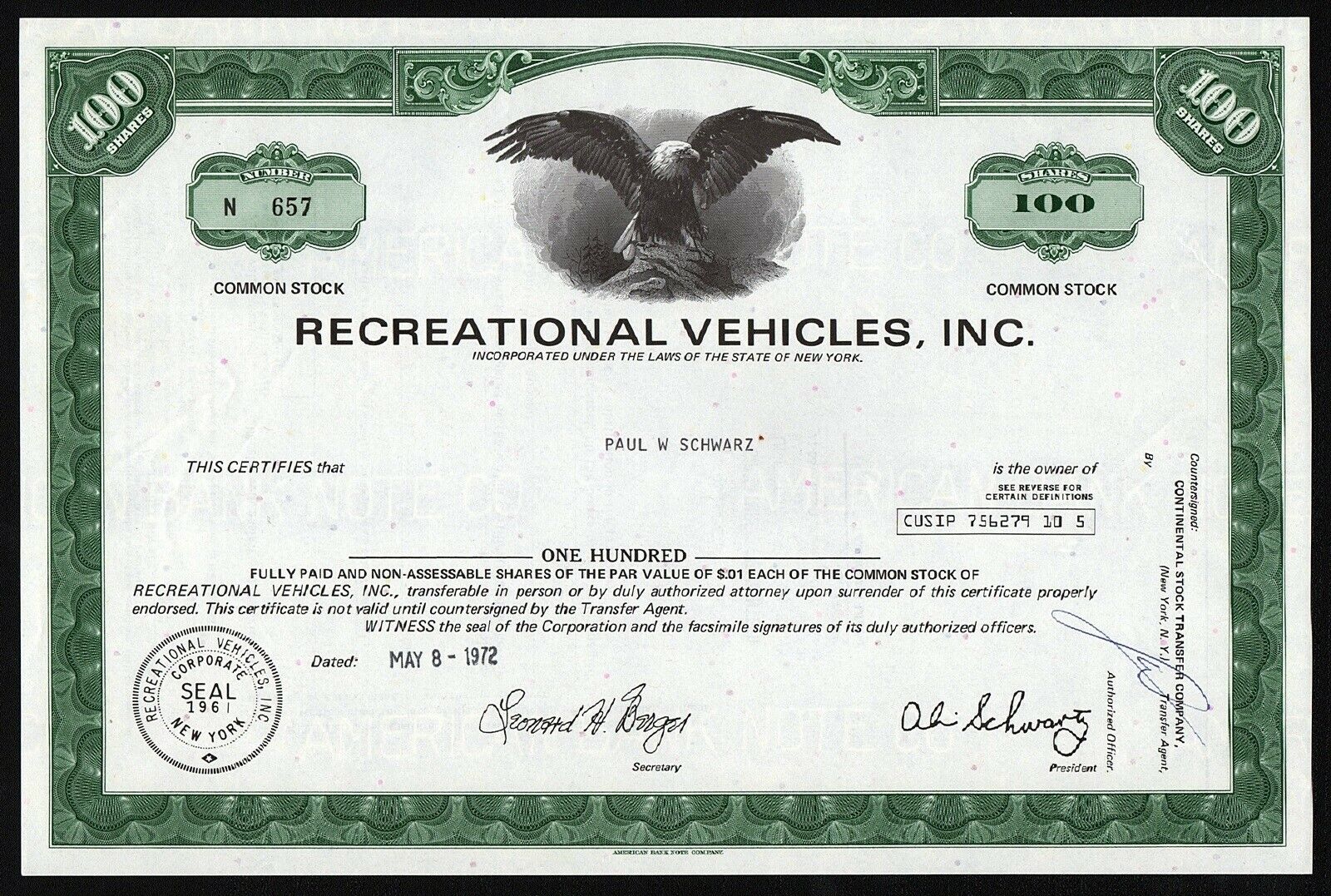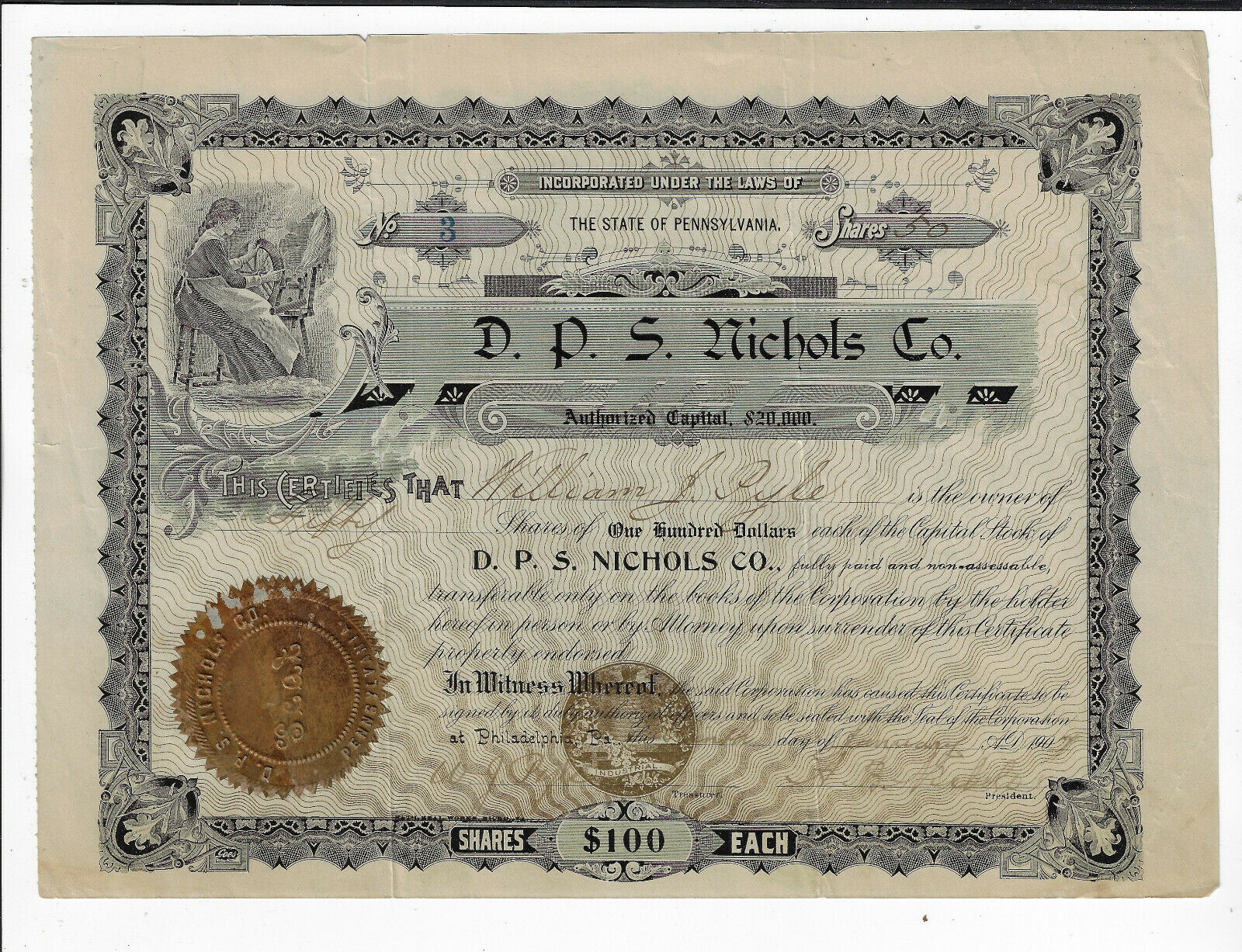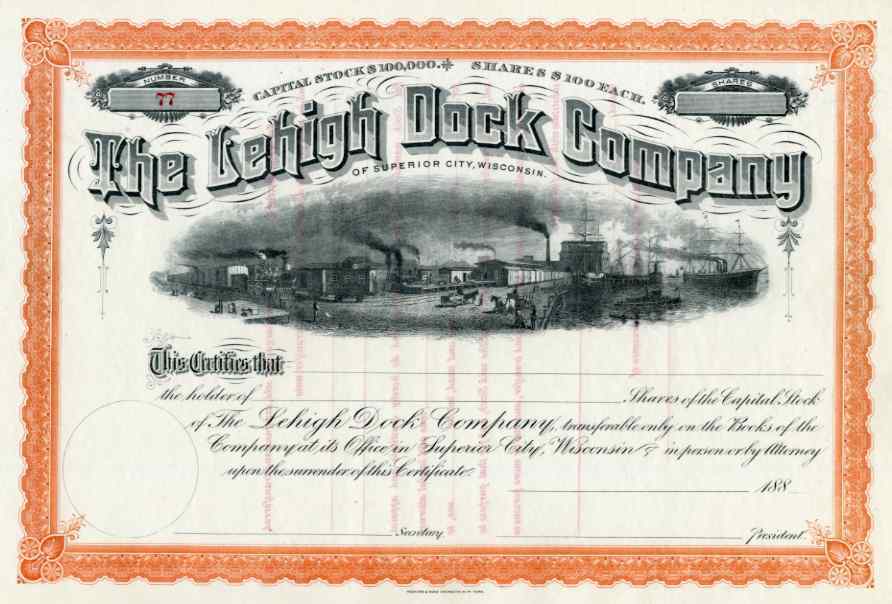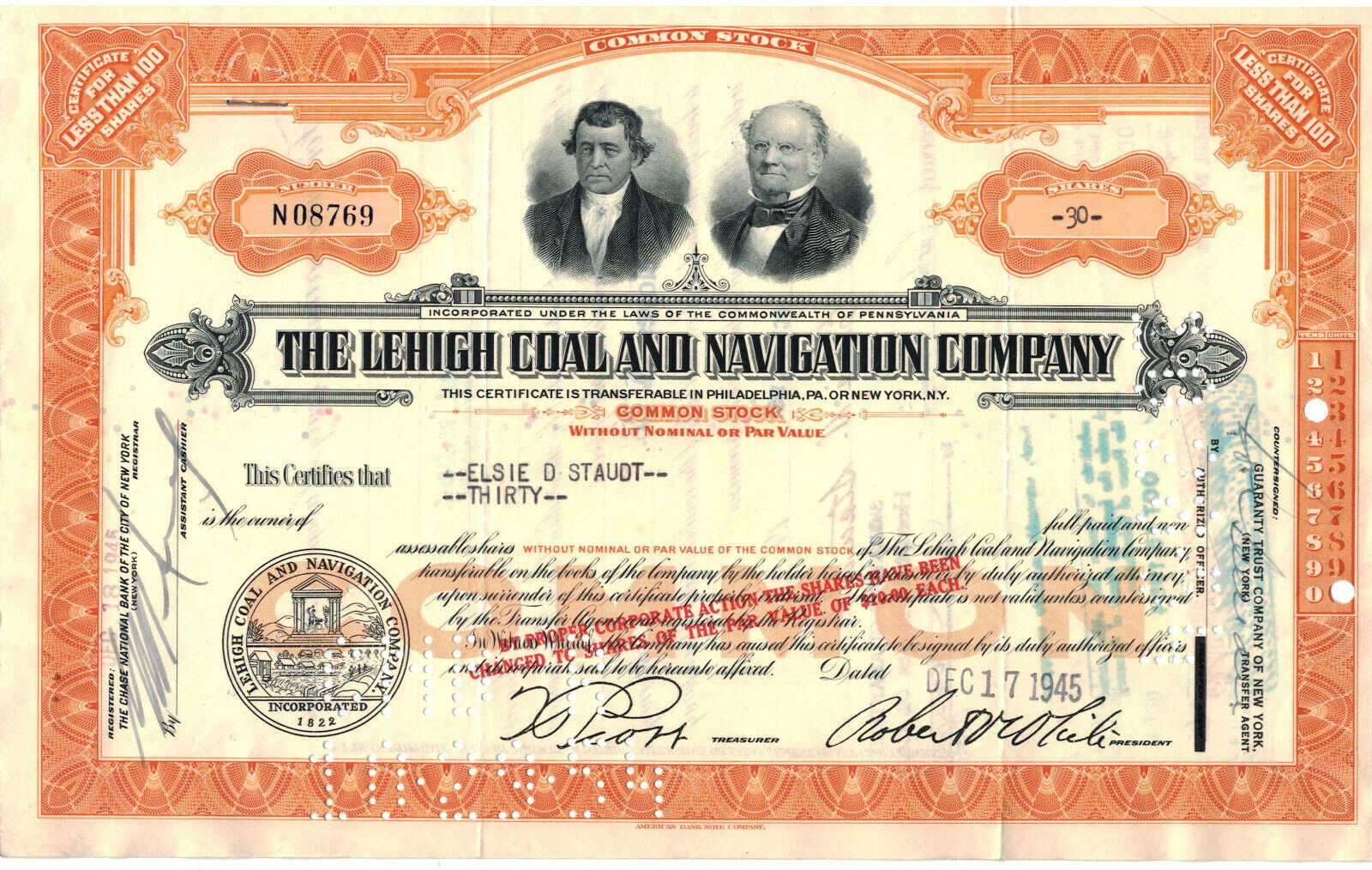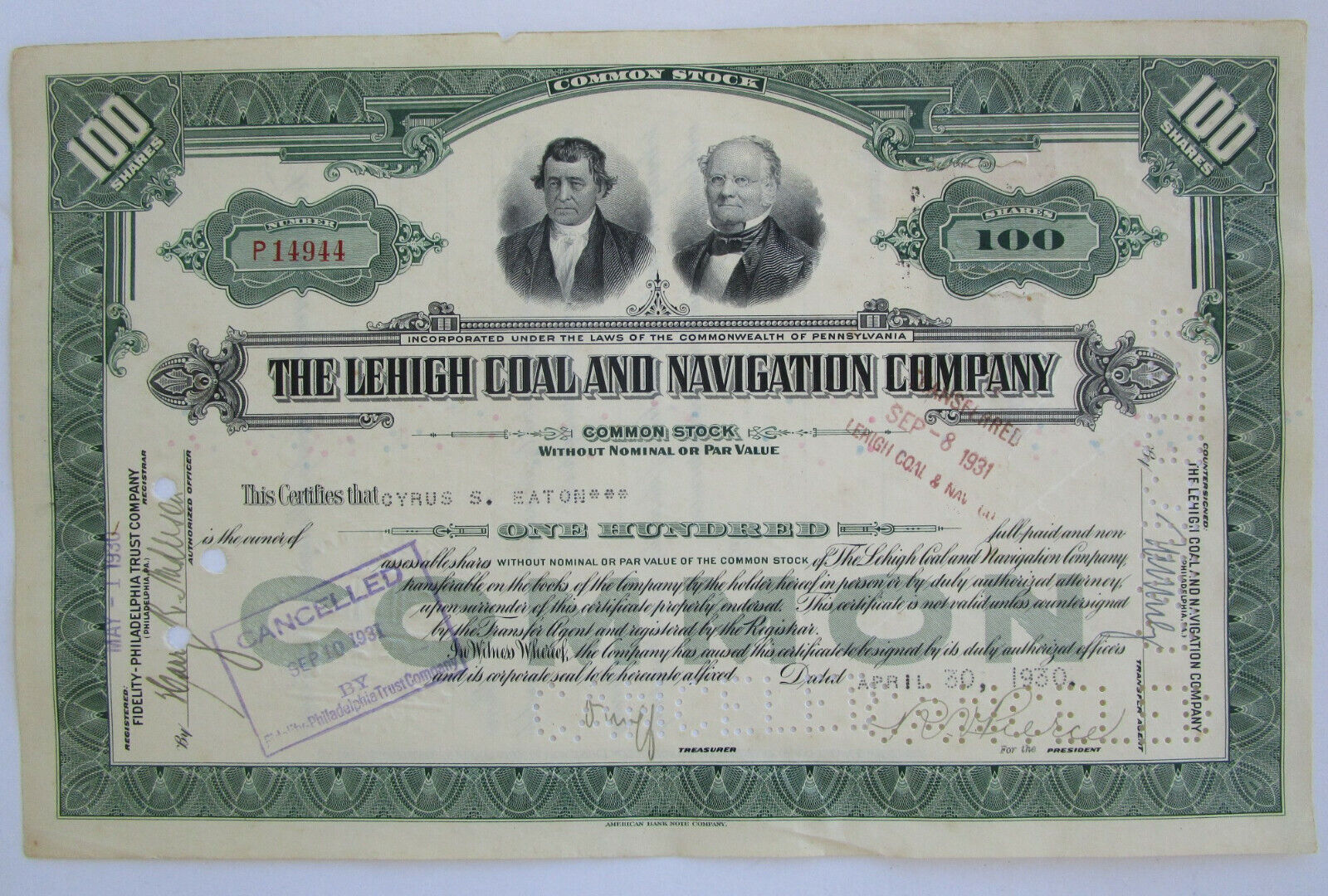-40%
Argentina ,Tramways de Buenos Aires,Share certificate 1907 G+ x 3
$ 4.83
- Description
- Size Guide
Description
One bearer dividende share certificate of"Compagnie Générale de Tramways de Buenos Aires SA"
. Brussels Belgium 1907 . Condition (opinion) :Good+ (G+). Stains , one of them with 4 tears or cuts at edges ( 3 of about 1cm and 1 of 3mm) and upper right corner.One hand signature.Printer Brux.Imp. Vve. Monnom.See below for related information from the web.The picture is for reference only.
--------------------------------------------------------------------------
Postage, including packing material, handling fees : Europe: USD 6.40 / USA $ 7.30. Rest of the World: USD 8.10
FREE of postage for any other items.
Only one shipping charge per shipment (the highest one) no matter how many items you buy (combined shipping).
-----------------------------------------------------------------------------
Guaranteed genuine -
One
month
return
policy
(retail sales) .
Returns accepted with no questions.
Customers are invited to combine purchases to save postage.
Full refund policy ,including shipping cost,guaranteed in case of lost or theft after the completion of the complaint with Spanish Correos for the registered letters (purchases above $ 60.00).
As we have (or could have) more than one identical item ,the serial number may differ from those shown in the picture which is for reference only.
For purchases above .00 we send the orders registered with tracking number without extra charge, for purchases below .00 we ship as regular letters at the buyer's risk.
For purchases below $ 60,00 who want to register your letter with tracking number, please add an extra for : Europe .80 , U.S. .80 ,Rest of the word .60 .Please request or wait for our invoice before paying.
For some destinations and purchases below .00 customers may be requested for this extra shipping payment in order to register the shipment with tracking number.
We reserve the right to cancel transactions that require the sending of unregistered letters (without tracking number) to some destinations when this extra payment has been requested.
If for any reason, your item did not arrive yet, or you are not 100% satisfied with the item you have received, please do not hesitate to contact , I will do all it takes to provide the best service.
Banknote Grading
UNC
AU
EF
VF
F
VG
G
Fair
Poor
Uncirculated
About Uncirculated
Extremely Fine
Very Fine
Fine
Very Good
Good
Fair
Poor
Edges
no counting marks
light counting folds OR...
light counting folds
corners are not fully rounded
much handling on edges
rounded edges
Folds
no folds
...OR one light fold through center
max. three light folds or one strong crease
several horizontal and vertical folds
many folds and creases
Paper
color
paper is clean with bright colors
paper may have minimal dirt or some color smudging, but still crisp
paper is not excessively dirty, but may have some softness
paper may be dirty, discolored or stained
very dirty, discolored and with some writing
very dirty, discolorated, with writing and some obscured portions
very dirty, discolored, with writing and obscured portions
Tears
no tears
no tears into the border
minor tears in the border, but out of design
tears into the design
Holes
no holes
no center hole, but staple hole usual
center hole and staple hole
Integrity
no pieces missing
no large pieces missing
piece missing
piece missing or tape holding pieces together
-------------------------------
The case of the tramway company Anglo-Argentina reveals that the British capital in public services, although predominant, was far from having a hegemonic presence in the sector.
The Anglo-Argentine Tramways Co. Ltd. was a British company that provided services in Buenos Aires between 1876 and early 1950's.
In 1907 the company was acquired by
Compagnie Generale des Tramways de Buenos Aires
, a Belgian company that belonged to SOFINA (Société Financière des Transports et d'Entreprises Industrielles), an international holding company based in Belgium and investment in urban transport and energy
power worldwide.
Although the company continued to shareholders and debenture British SOFINA took control of its board.
(13)
-------------------------------------------------------------------------------
El caso de la Compañía de Tranvías Anglo-Argentina revela que el capital británico en los servicios públicos, si bien predominante, estuvo lejos de tener una presencia hegemónica en el sector. La Anglo-Argentine Tramways Co. Ltd. fue una compañía británica que prestó servicios en Buenos Aires entre 1876 y principios de la década de 1950. Ya en 1907 esta empresa fue absorbida por la
Compagnie Générale des Tramways de Buenos Aires
, una empresa belga que perteneció a SOFINA (Société Financière des Transports et d' Entreprises Industrielles), un holding internacional con sede en Bélgica e inversiones en transportes urbanos y energía eléctrica en todo el mundo. Aunque la compañía siguió teniendo accionistas y debenturistas británicos, SOFINA tomó el control de su directorio. (
Your browser does not support JavaScript. To view this page, enable JavaScript if it is disabled or upgrade your browser.
-------------------------------------------------------------------------------------------
The Belgian Compañíe General des Tramways de la Citè de Buenos Ayres took over the Anglo-Argentine Tramways Company in 1908 and standardised much of the network, though many Argentine companies such as the Lacroze Company remained.[6] In the early 1900s the network expanded rapidly as a result of electrification and by the mid-1920s the system has reached its maximum extension of 875km with 3,000 vehicles carrying 650 million passengers a year on 99 lines serviced by 12,000 employees.[6] At the same time, some of the tramways began moving underground when the Anglo-Argentine Tramways Company opened the Buenos Aires Underground's Line A in 1913, becoming the first underground rail in Latin America, the southern hemisphere and the Spanish speaking world.
